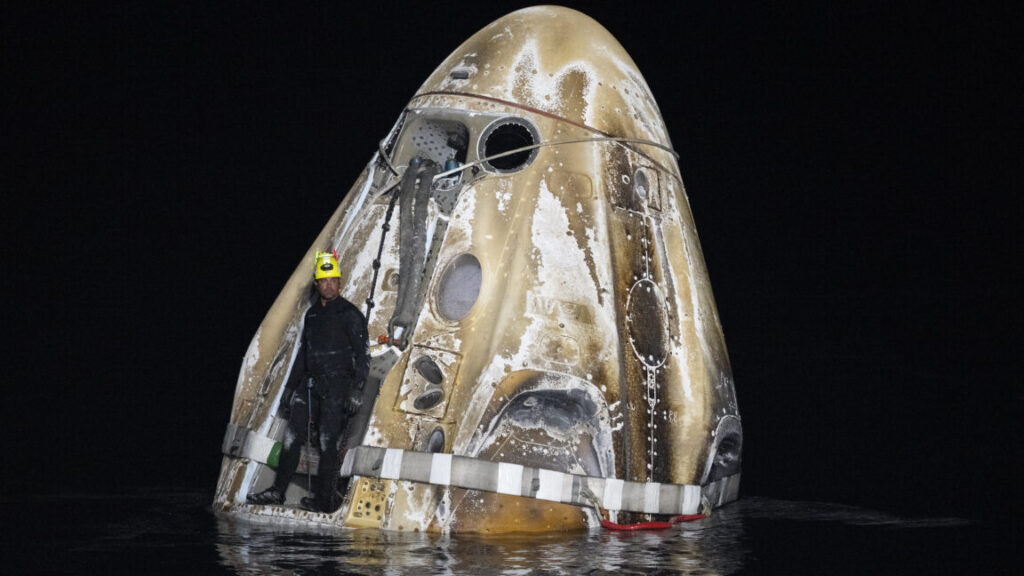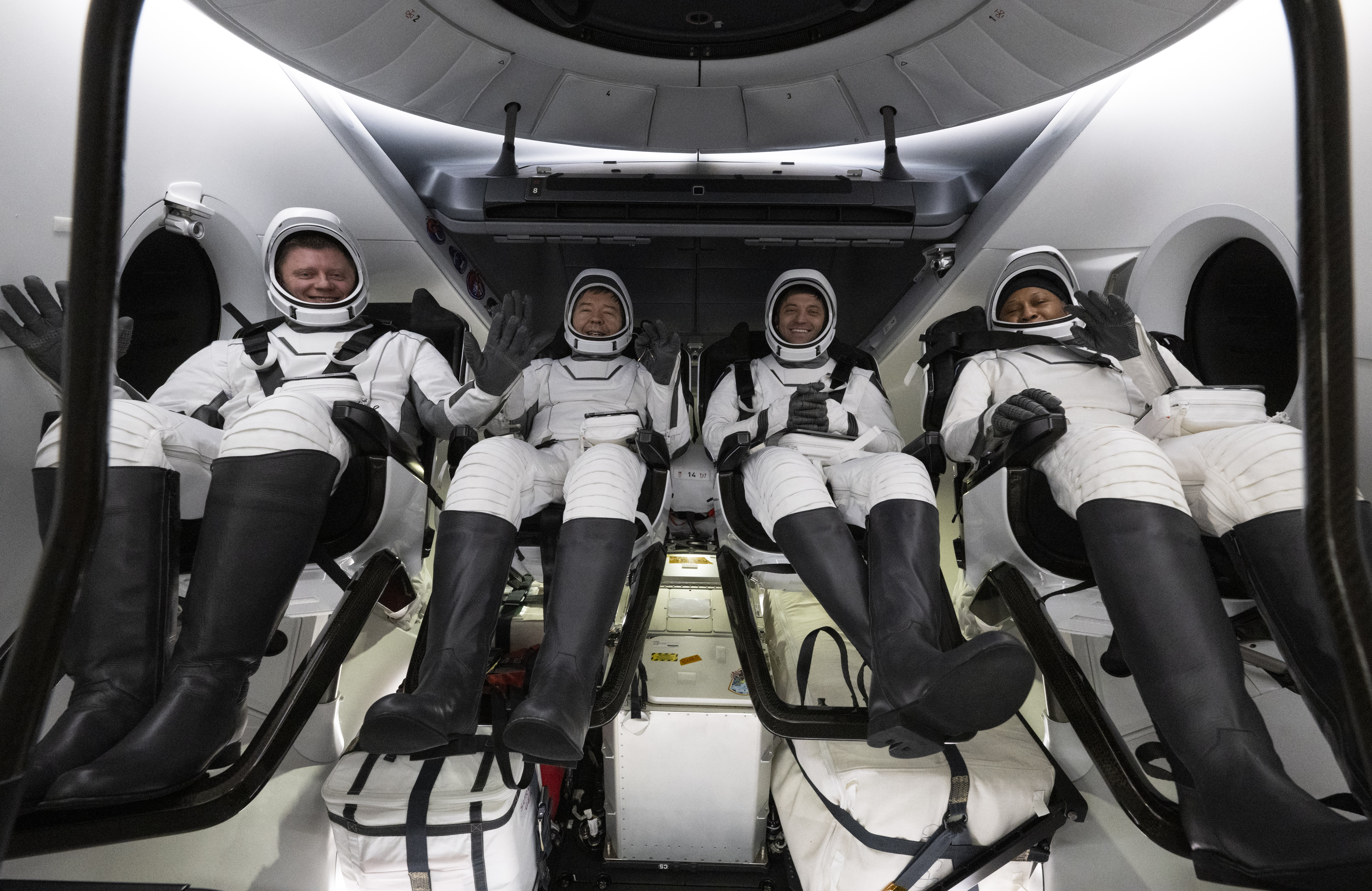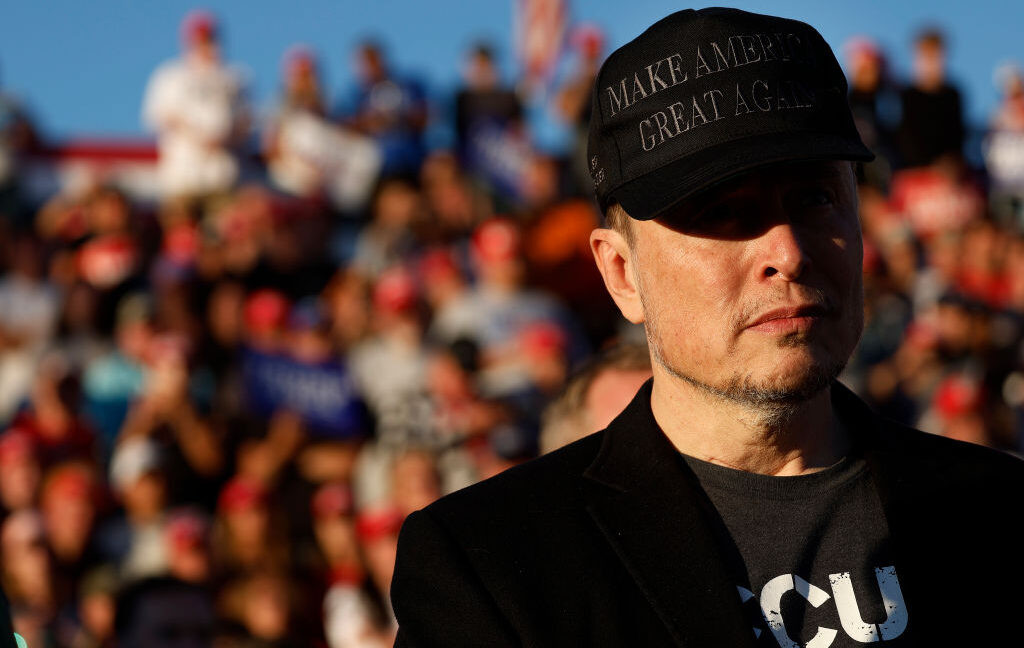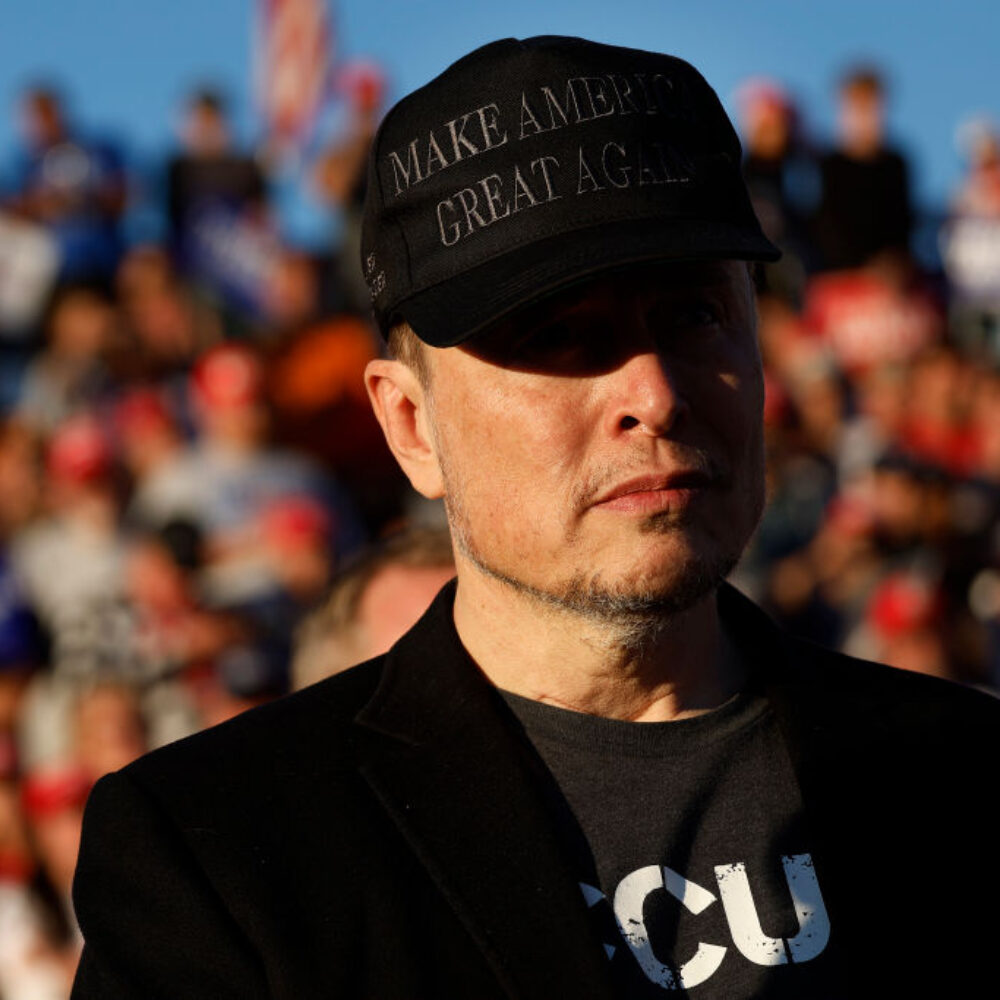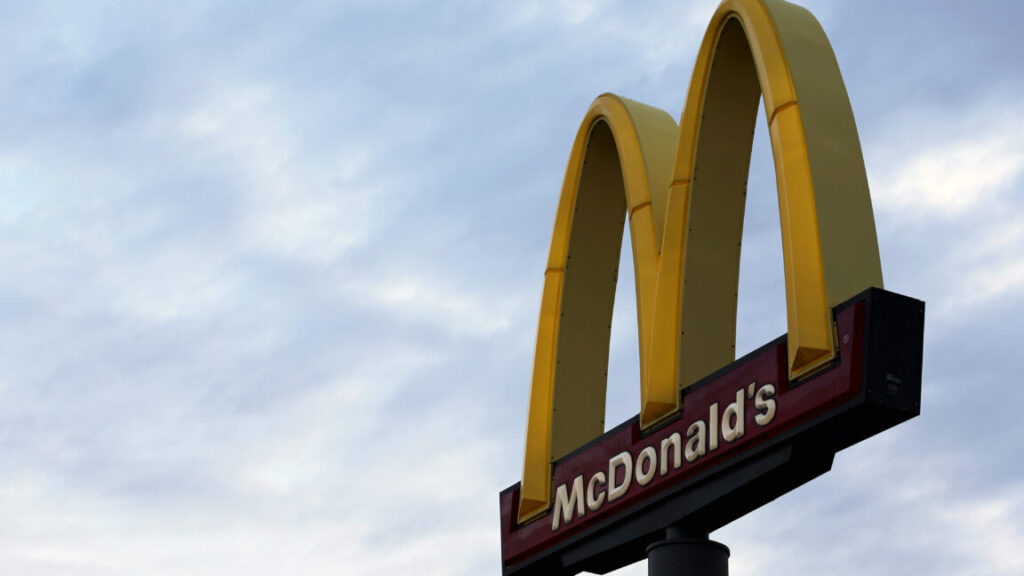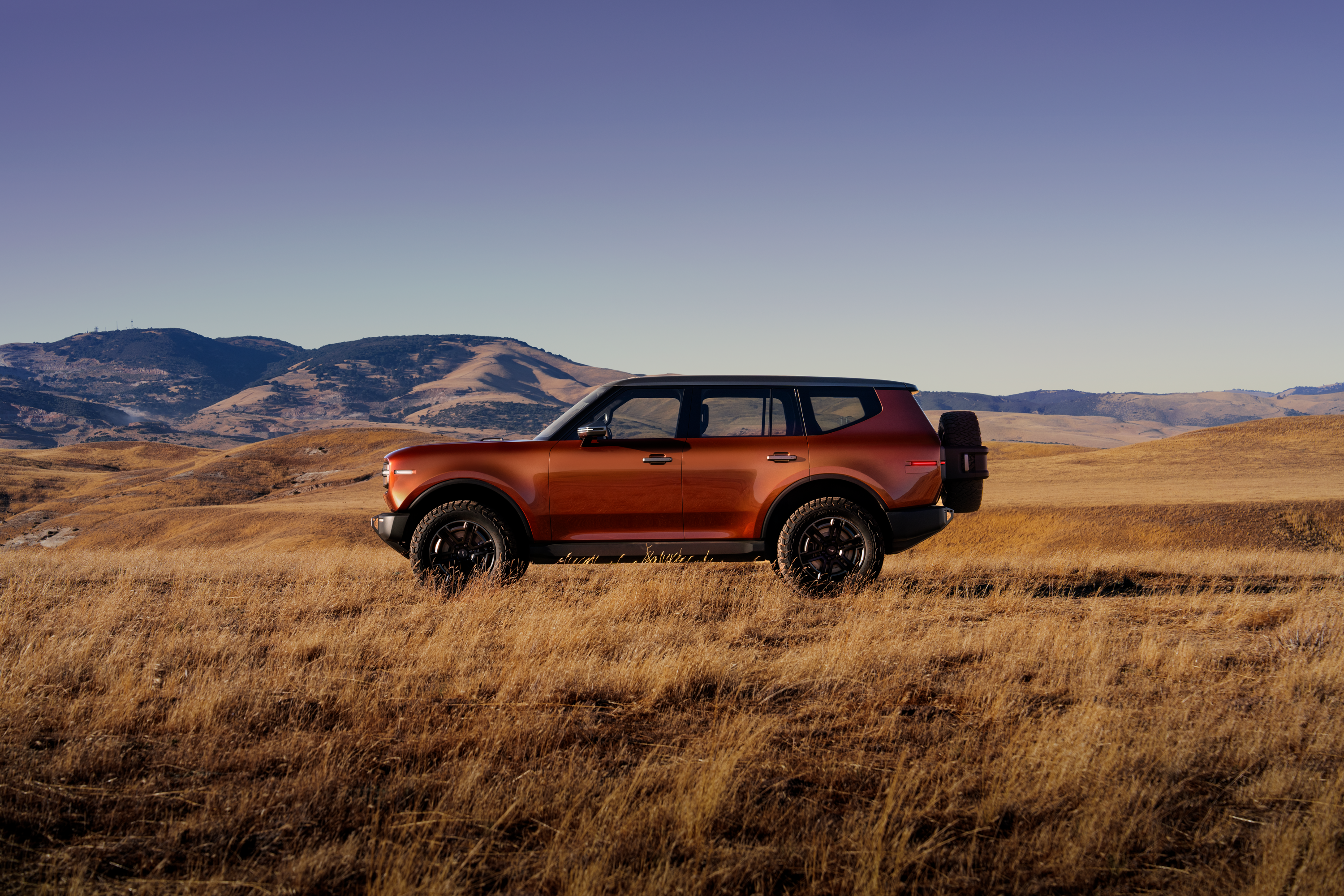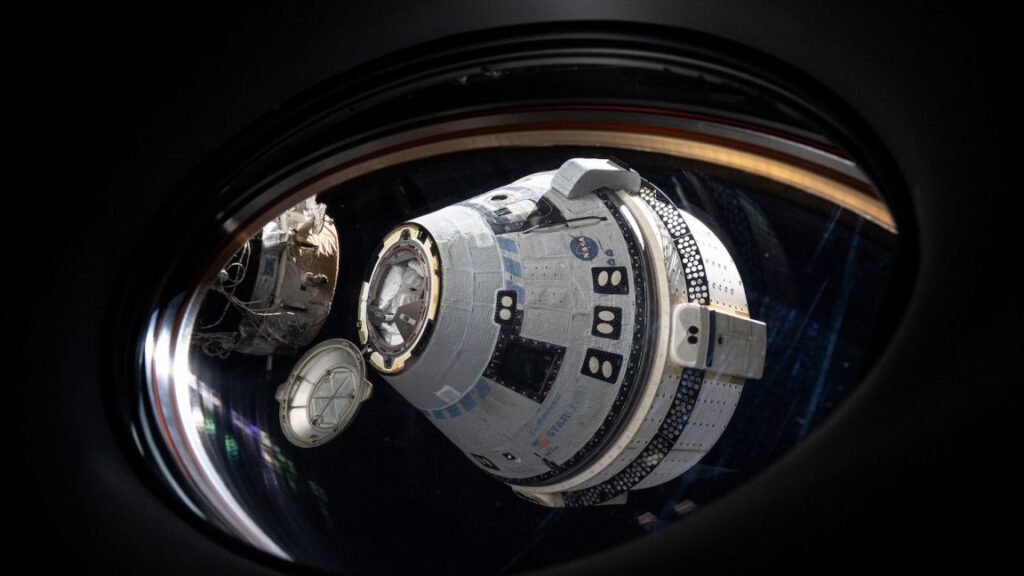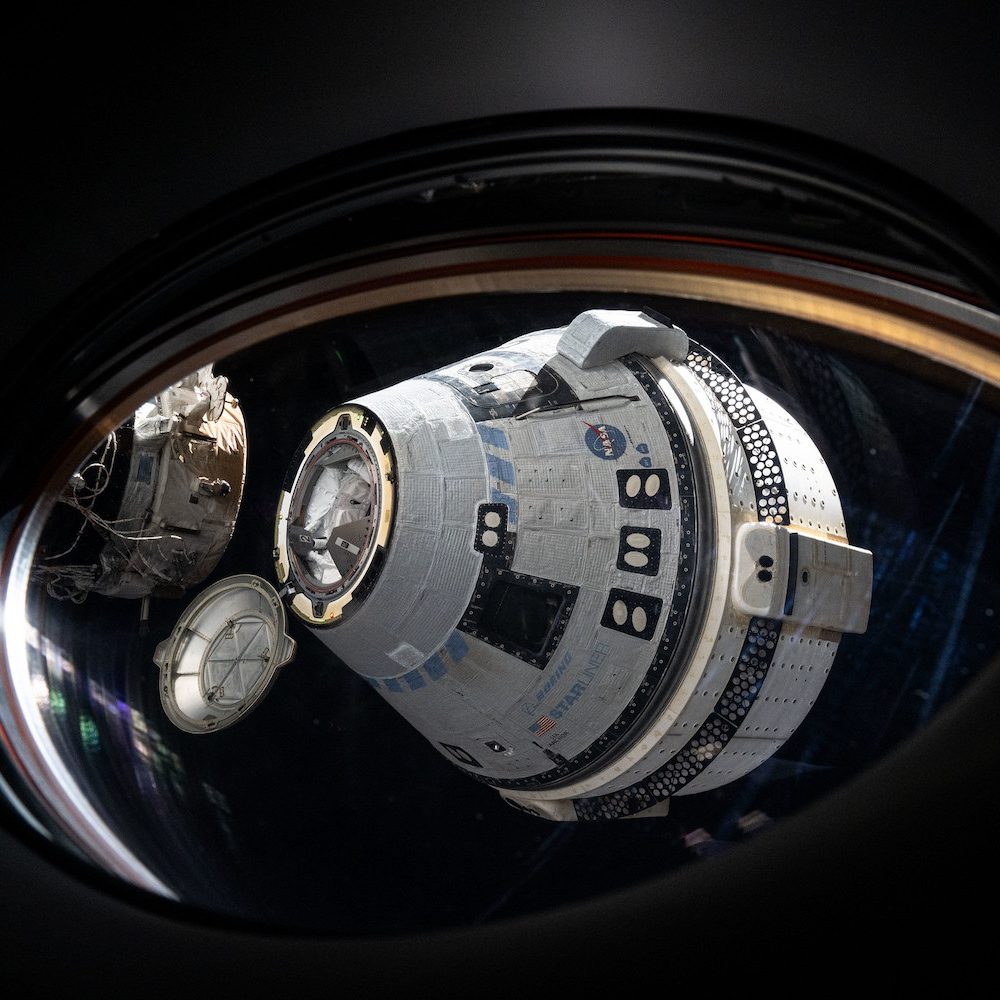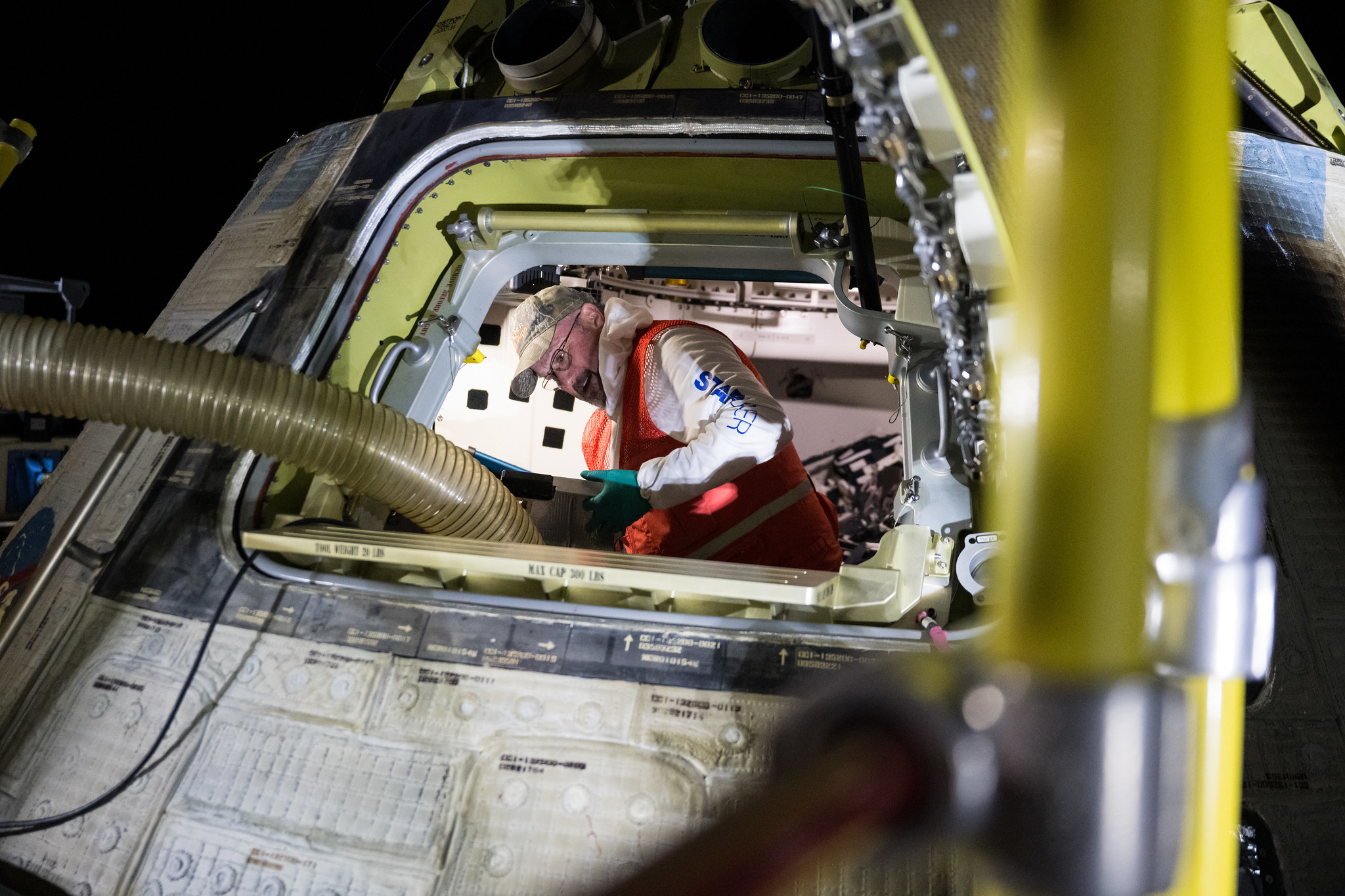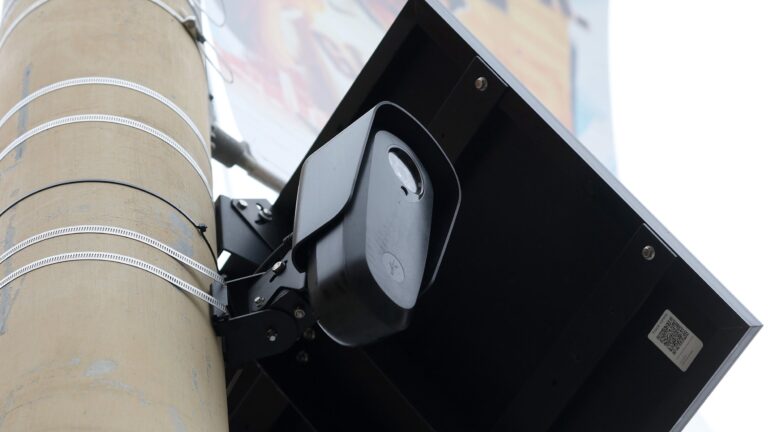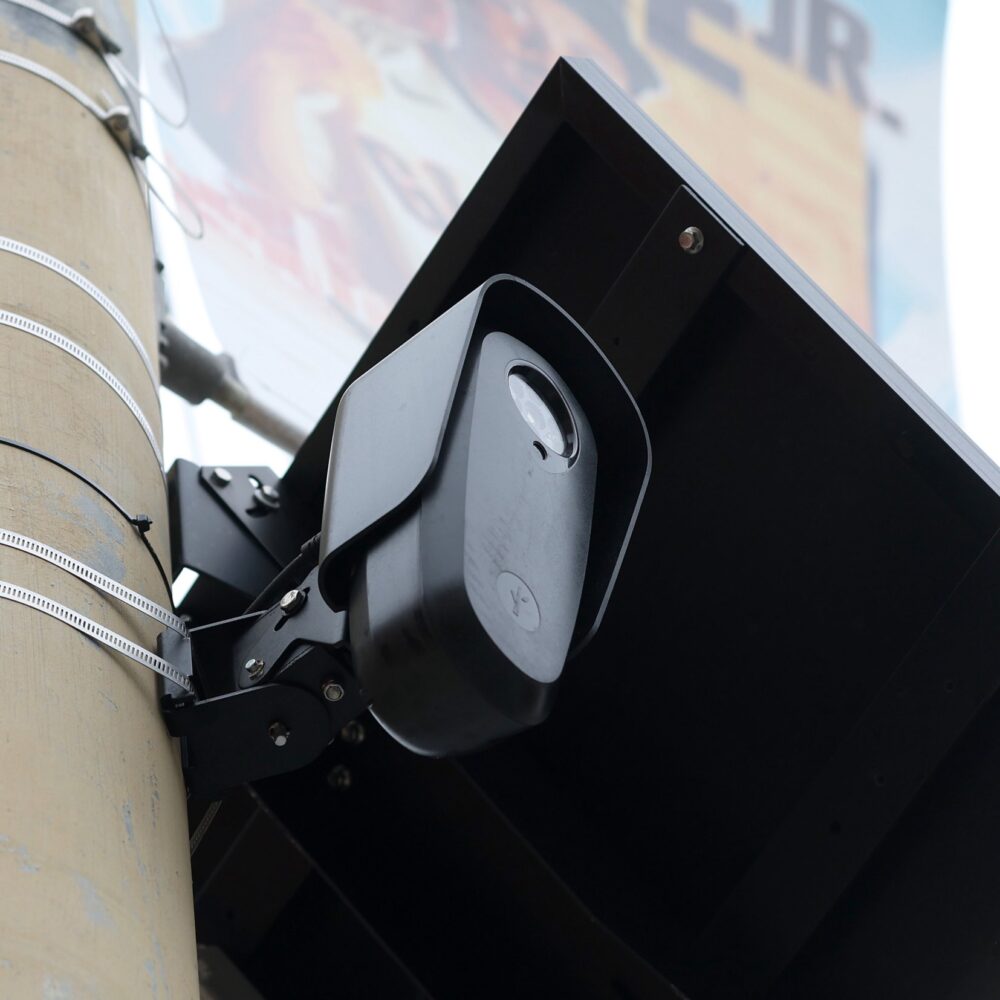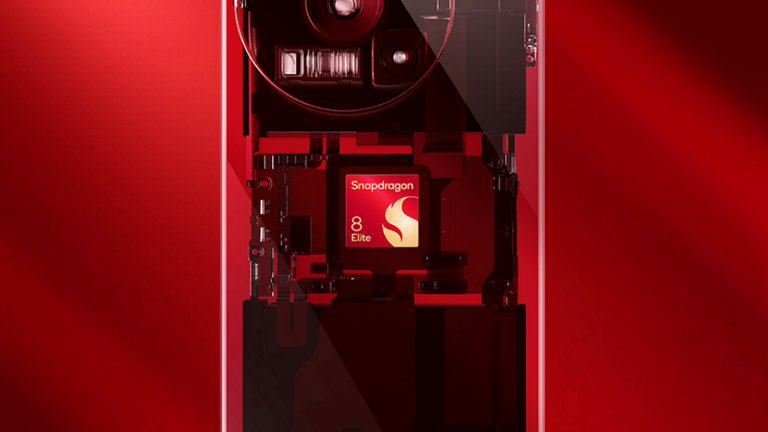Astronaut hospitalized after returning from 235-day space mission
NASA said Friday one its astronauts is in a hospital in Florida for medical observation after a “normal” predawn splashdown in the Gulf of Mexico inside a SpaceX capsule.
The mission’s other three crew members were cleared to return to their home base at Johnson Space Center in Houston after their own medical evaluations, NASA said.
The hospitalized astronaut “is in stable condition and under observation as a precautionary measure,” a NASA spokesperson said in a statement. The agency did not identify the astronaut or provide any more details about their condition, citing medical privacy protections.
Strapped into their seats onside SpaceX’s Crew Dragon Endeavour spacecraft, the four-person crew splashed down just south of Pensacola, Florida, at 3: 29 am EDT (07: 29 UTC) Friday, wrapping up a 235-day mission in low-Earth orbit.
NASA extended their stay at the International Space Station earlier this year to accommodate schedule changes caused by the troubled test flight of Boeing’s Starliner spacecraft, then to wait for better weather conditions in SpaceX’s recovery zones near Florida.
Commander Matthew Dominick, pilot Michael Barratt, mission specialist Jeanette Epps, and Russian cosmonaut Alexander Grebenkin were inside SpaceX’s Dragon spacecraft for reentry and splashdown. NASA said one of its astronauts “experienced a medical issue” after the splashdown, and all four crew members were flown to Ascension Sacred Heart Pensacola for medical evaluation.
Three of the crew members were later released and departed Pensacola on a NASA business jet to fly back to Houston, according to NASA. The unidentified astronaut remains at Ascension.
“We’re grateful to Ascension Sacred Heart for its support during this time, and we are proud of our team for its quick action to ensure the safety of our crew members,” the NASA spokesperson said. “NASA will provide additional information as it becomes available.”
Roscosmos cosmonaut Alexander Grebenkin, left, NASA astronauts Michael Barratt, second from left, Matthew Dominick, second from right, and Jeanette Epps, right are seen inside the SpaceX Dragon Endeavour spacecraft shortly after splashdown Friday morning. Credit: NASA/Joel Kowsky
This mission, named Crew-8, was SpaceX’s eighth operational crew rotation flight to the space station under a multibillion-dollar commercial crew contract with NASA. This was the first flight to space for Dominick, Epps, and Grebenkin, and the third space mission for Barratt.
Roscosmos, the Russian space agency, released a photo of Grebenkin standing in Pensacola a few hours after splashdown. “After the space mission and splashdown, cosmonaut Alexander Grebenkin feels great!” Roscosmos posted on its Telegram channel.
Adapting to Earth
This is not the first time an astronaut has been hospitalized after returning to Earth, but it is uncommon. South Korean astronaut Yi So-yeon was hospitalized for back pain after experiencing higher-than-expected g-forces during reentry in a Russian Soyuz spacecraft in 2008.
Three NASA astronauts were hospitalized in Hawaii after splashing down at the end of the Apollo-Soyuz Test Project mission in 1975. The astronauts suffered lung irritation after breathing in toxic vapors from the Apollo spacecraft’s thrusters in the final moments before splashdown.
Astronaut hospitalized after returning from 235-day space mission Read More »
